How to Find a Qualified Inspector for Exterior Elevated Element Inspections?

And while those laws might seem straightforward, finding the right inspector to assess your balconies and other exterior elevated elements (EEEs) can be a bit of a maze. After all, you’re not just hiring someone to tick a few boxes; you’re entrusting them with the safety of your residents and the protection of your property investment.
How Much Does An Exterior Elevated Elements Inspection Cost in California?
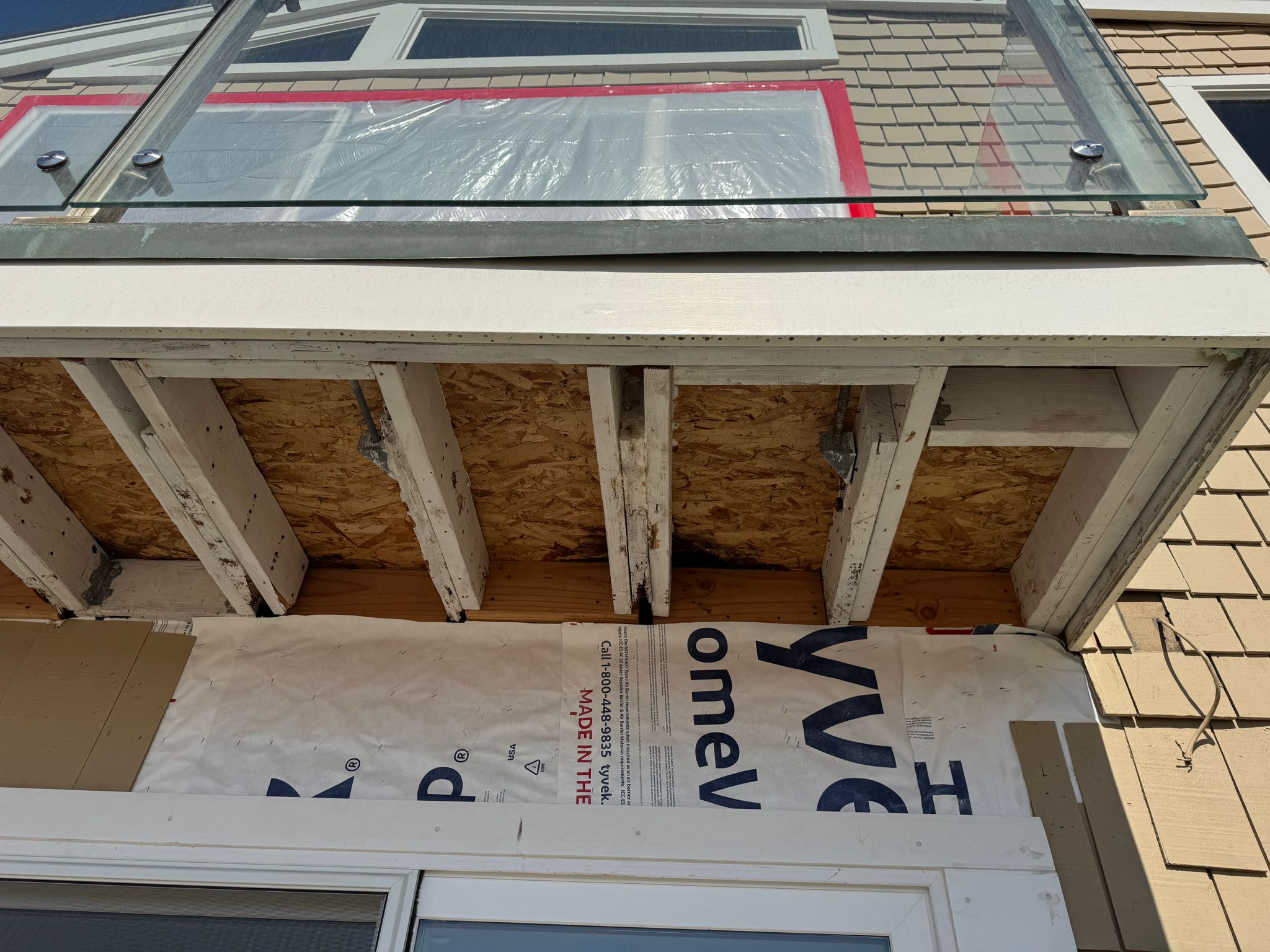
California’s stunning scenery often features homes with balconies, decks, and other inviting outdoor spaces. But these “exterior elevated elements” (EEEs) come with a significant responsibility: ensuring their safety and compliance with California’s stringent regulations.
How EEE Inspections Help Prevent Balcony and Deck Collapses
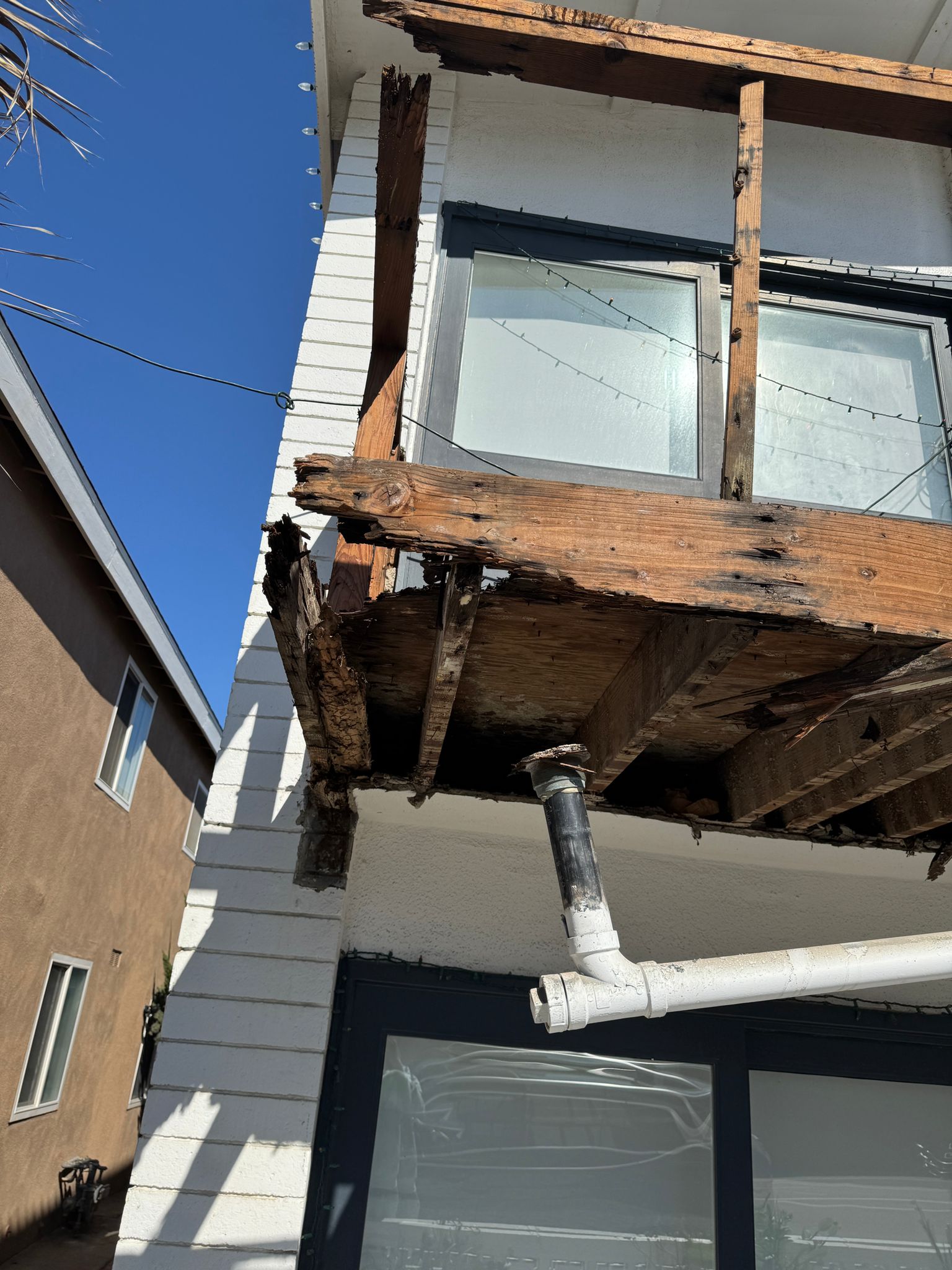
With laws like SB 721 and SB 326 requiring regular EEE inspections, these measures aim to prevent potential accidents, increase tenant safety, and protect property values. But how exactly do EEE inspections help in preventing balcony and deck collapses?
What Could Happen if You Skip Your EEE Inspection?
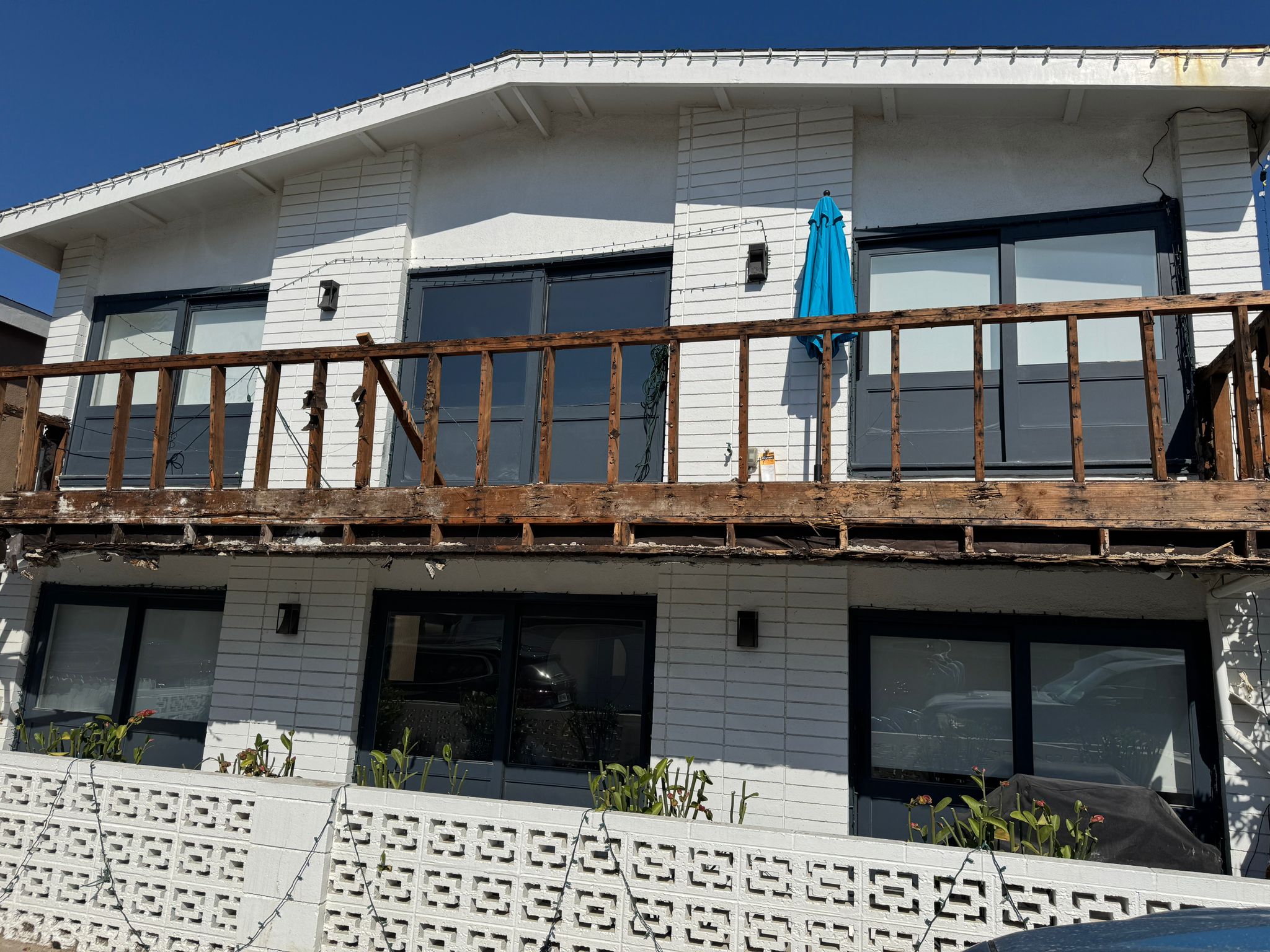
As a property owner in California, staying compliant with regulations and ensuring the safety of your tenants is paramount. Exterior Elevated Elements (EEE) inspections have become a legal requirement under laws like SB 721 and SB 326. But what happens if you decide to skip these inspections?
How Frequently Are EEE Inspections Required Under California Law?
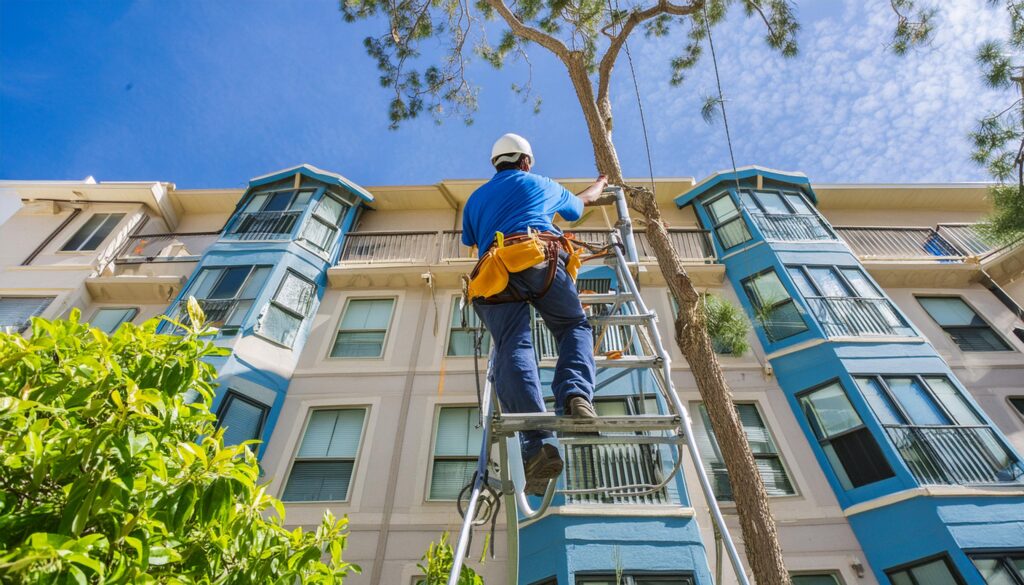
In California, Exterior Elevated Elements (EEE) inspections are critical for the safety and structural integrity of buildings with balconies, decks, walkways, and stairways that extend from the structure and support live loads.
A Checklist for Preparing Your Property for an EEE Inspection
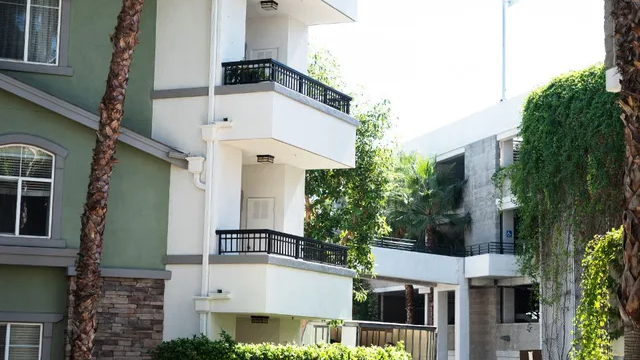
Exterior Elevated Element (EEE) inspections are an essential part of maintaining the safety and structural integrity of your property. For building owners in California, ensuring that your property is prepared for these inspections is crucial not only for compliance with local laws but also for the safety of your tenants and the long-term value of your building.
What Happens During an Exterior Elevated Element (EEE) Inspection?
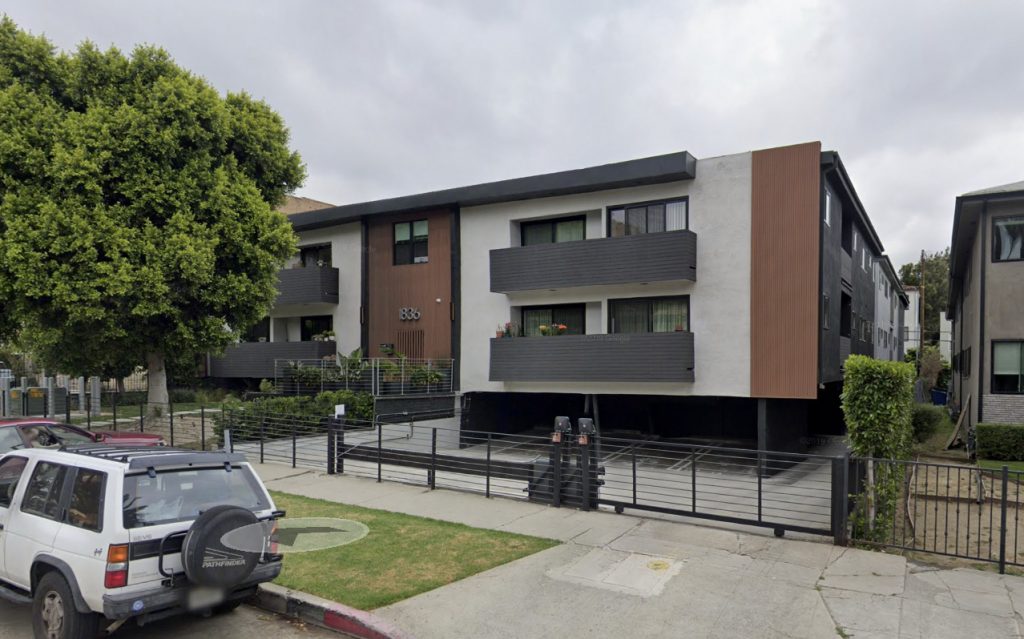
Exterior Elevated Element (EEE) inspections are a vital part of maintaining safety and compliance for property owners in California.
Balcony Inspections 101: Understanding the SB 721 & SB 326 Inspection Reports

For homeowners associations and property managers in California, dealing with balcony and stairway inspections mandated by laws SB 721 and SB 326 can seem like a daunting task. But understanding what inspectors look for, what the reports mean, the risks involved, and your next steps is crucial for keeping residents safe and your properties up to code.
